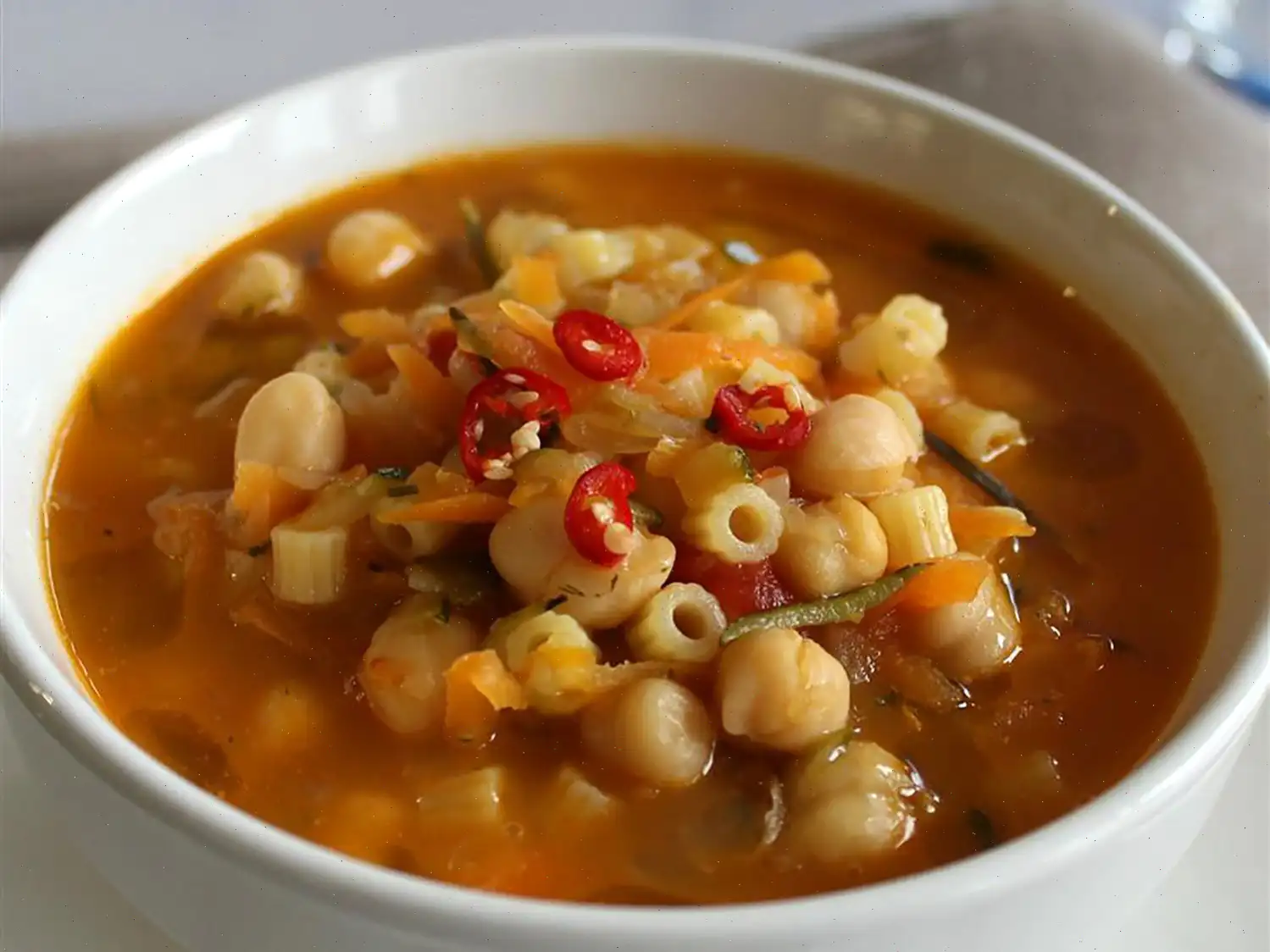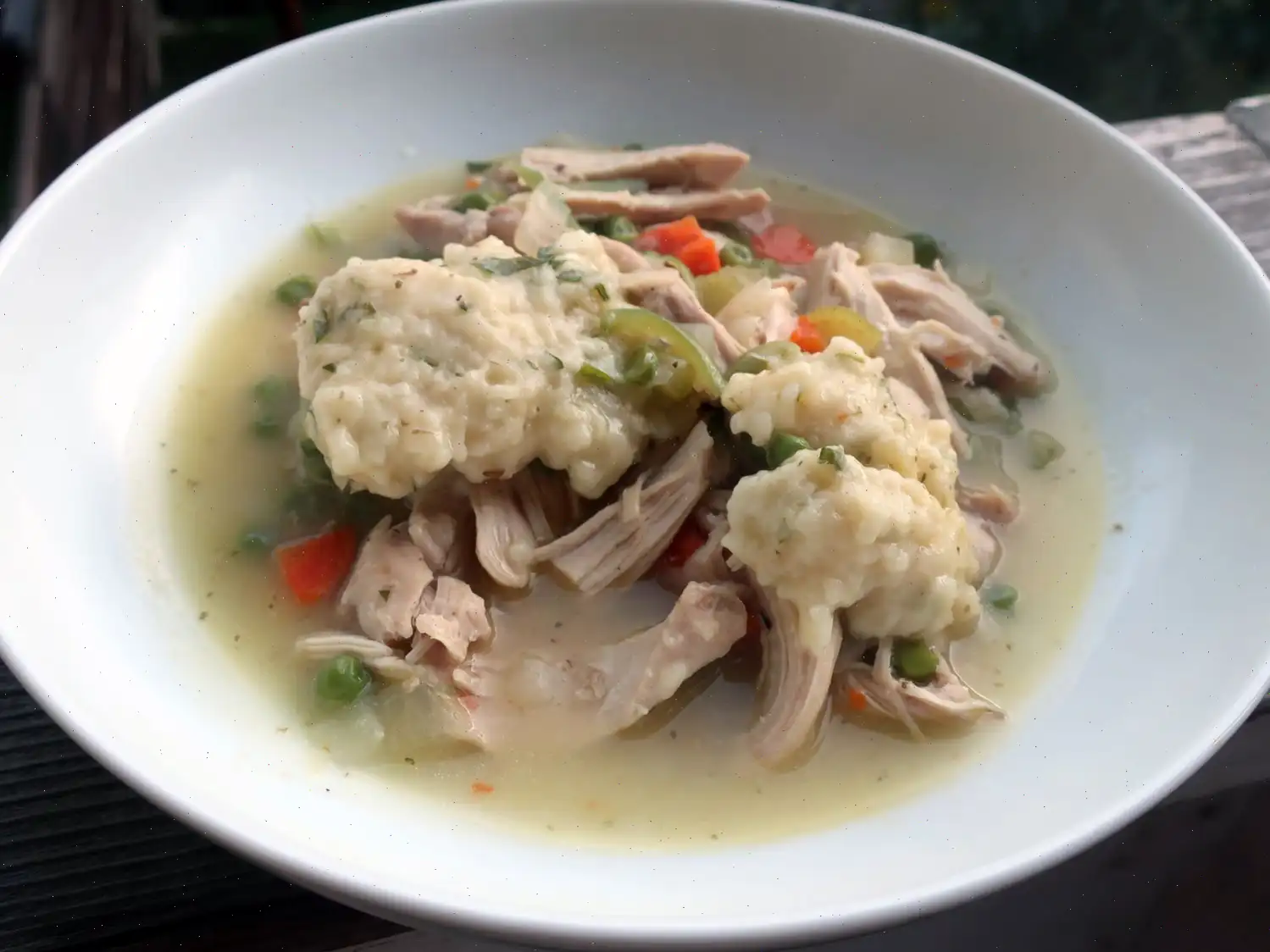
Feta and Sardine Flatbread Recipe
This Mediterranean-inspired sardine pizza is a delightful twist on the classic, packed with savory flavors from olives, feta, and a hint of lemon. Perfect for a quick, yet delicious dinner!
Ingredients
- 1 (12 inch) prepared pizza crust
- 2 1/2 tablespoons olive oil
- 1 teaspoon Greek seasoning, such as Cavender's All-Purpose Greek Seasoning
- 1/4 red onion, sliced into petals
- 12 pitted Kalamata olives, halved
- 1 (4.375 ounce) tin sardines packed in olive oil
- 1/2 cup Mediterranean herb crumbled feta cheese
- 1 Roma tomato, seeded and chopped
- 1 small lemon, sliced
- 1/4 cup packed baby spinach leaves
Directions
- Preheat the oven to 450F (230C). Place the pizza crust on a round pizza pan.
- In a small bowl, whisk together the olive oil and Greek seasoning until well combined.
- Brush the olive oil and seasoning mixture over the entire pizza crust, including the edges.
- Evenly distribute the sliced onion, Kalamata olives, and sardines over the pizza crust.
- Sprinkle crumbled feta cheese across the pizza, followed by the chopped tomatoes.
- Bake the pizza in the preheated oven for about 15 minutes, or until the crust is golden and the cheese is melted.
- Remove the pizza from the oven and add the lemon slices and baby spinach leaves on top.
- Cut into slices and serve immediately for the freshest taste.
Nutrition Facts (per serving)
| Nutrition | Amount | % Daily Value |
|---|---|---|
| Calories | 493 | - |
| Total Fat | 23g | 29% |
| Saturated Fat | 5g | 27% |
| Cholesterol | 61mg | 20% |
| Sodium | 1091mg | 47% |
| Total Carbohydrate | 61g | 22% |
| Dietary Fiber | 8g | 30% |
| Total Sugars | 11g | - |
| Protein | 18g | 37% |
| Vitamin C | 115mg | 128% |
| Calcium | 305mg | 23% |
| Iron | 5mg | 30% |
| Potassium | 690mg | 15% |
* Percent Daily Values are based on a 2,000 calorie diet. Your daily values may be higher or lower depending on your calorie needs.
History of Feta and Sardine Flatbread
The Feta and Sardine Flatbread is a contemporary twist on traditional Mediterranean flatbreads, bringing together the rich, salty flavor of feta cheese and the bold, briny taste of sardines. While flatbreads have been a staple in Mediterranean cuisine for centuries, this particular combination emerged more recently, reflecting the growing popularity of simple, fresh, and quick-to-prepare meals. Sardines, long associated with the coastal cuisines of Greece and other Mediterranean countries, pair perfectly with feta, a beloved cheese with a long history dating back to the ancient Greeks.
Regional Variations
This dish is inspired by Greek culinary traditions, where flatbreads, olives, and feta are common ingredients. However, variations of this dish can be found across the Mediterranean, from the south of Italy to North Africa. In Greece, sardines are often grilled and served with a side of olives and bread, while in Turkey, a similar flatbread known as "lahmacun" incorporates seafood, vegetables, and spices. This recipe offers a simplified version, using canned sardines for convenience, making it an ideal dish for busy evenings while still offering the flavors of the Mediterranean.
Distinguishing Features
What sets the Feta and Sardine Flatbread apart from other similar dishes is its use of sardines as a primary topping. While pizza and other Mediterranean flatbreads often feature meats like chicken or lamb, or vegetables like mushrooms and bell peppers, sardines provide a unique umami-rich flavor that pairs beautifully with the tangy feta. The combination of Greek seasoning and the addition of Kalamata olives enhances the flatbreads Mediterranean essence, while the final touch of fresh spinach and lemon adds brightness and contrast to the rich ingredients.
Where is it Typically Served?
The Feta and Sardine Flatbread is a versatile dish that can be enjoyed in various settings. It is often served as a casual dinner or lunch, especially in coastal Mediterranean areas where fresh seafood is abundant. It also makes for a great appetizer at gatherings or a quick meal for a weeknight dinner. In Greece, you might find similar flatbreads at seaside tavernas, while in the Middle East, similar creations are served in local markets or cafes, often with a side of fresh herbs and vegetables.
Interesting Facts
- Feta cheese, which originated in Greece, is made primarily from sheep's milk or a mixture of sheep and goat milk. It is protected by the EU with a PDO (Protected Designation of Origin) status, meaning it can only be produced in certain regions of Greece.
- Sardines are rich in omega-3 fatty acids, which are beneficial for heart health. They have been a staple in Mediterranean diets for centuries and are often used in everything from pasta dishes to flatbreads.
- The Mediterranean diet, known for its emphasis on fresh produce, seafood, and healthy fats, is considered one of the healthiest diets in the world, promoting longevity and overall well-being.
- In some regions of Italy, a similar flatbread known as "focaccia" is often topped with anchovies, olives, and herbs, demonstrating the Mediterranean love for flatbreads topped with savory seafood.
FAQ about Feta and Sardine Flatbread Recipe
Comments
Brandon Rivera
04/12/2025 12:13:25 PM
Rewritten review: I was pleasantly surprised by how delicious this recipe turned out. I followed the instructions almost exactly, making a few adjustments along the way. Since I didn't have Greek seasoning on hand, I used a combination of oregano, garlic powder, onion powder, black pepper, dill, basil, parsley, and thyme. Instead of mixing the oil and spices together, I opted to brush the oil on the dough and then sprinkle the spices on top. When I realized the dough was still raw after adding the ingredients, I adjusted the baking time by starting at 400 degrees for 15 minutes, then raising the temperature to 450 for an additional 5 to 7 minutes. For my next attempt, I'm planning to serve it with arugula instead of spinach as I believe the peppery arugula will complement the dish even better. Overall, a fantastic recipe that I would highly recommend.








